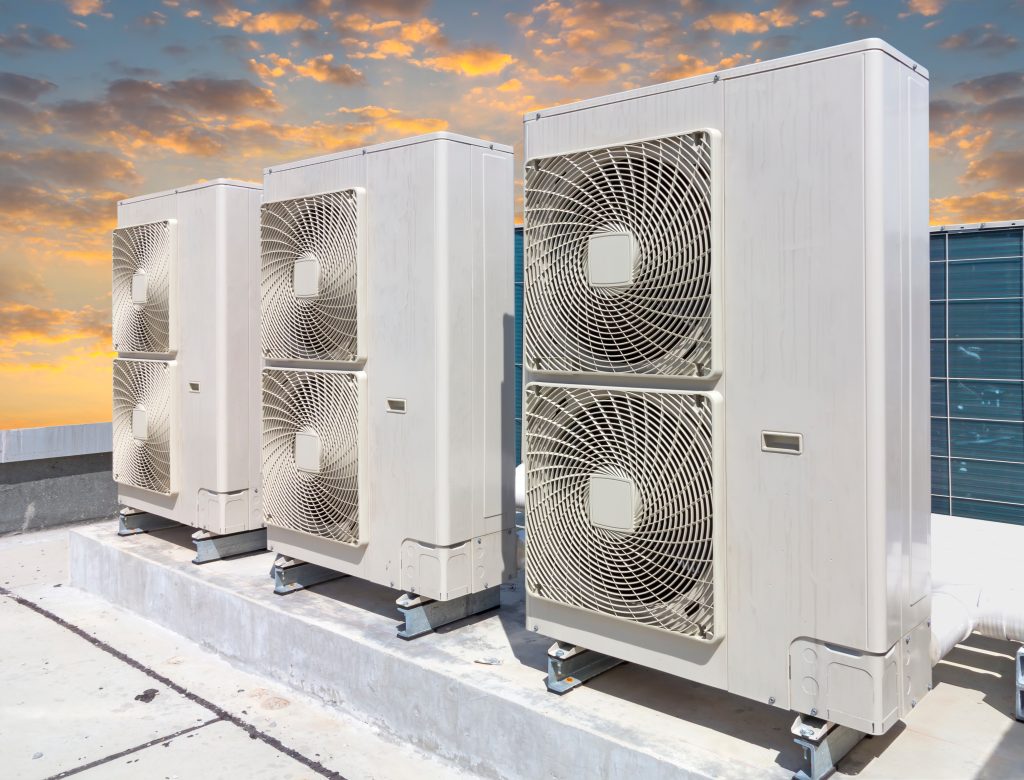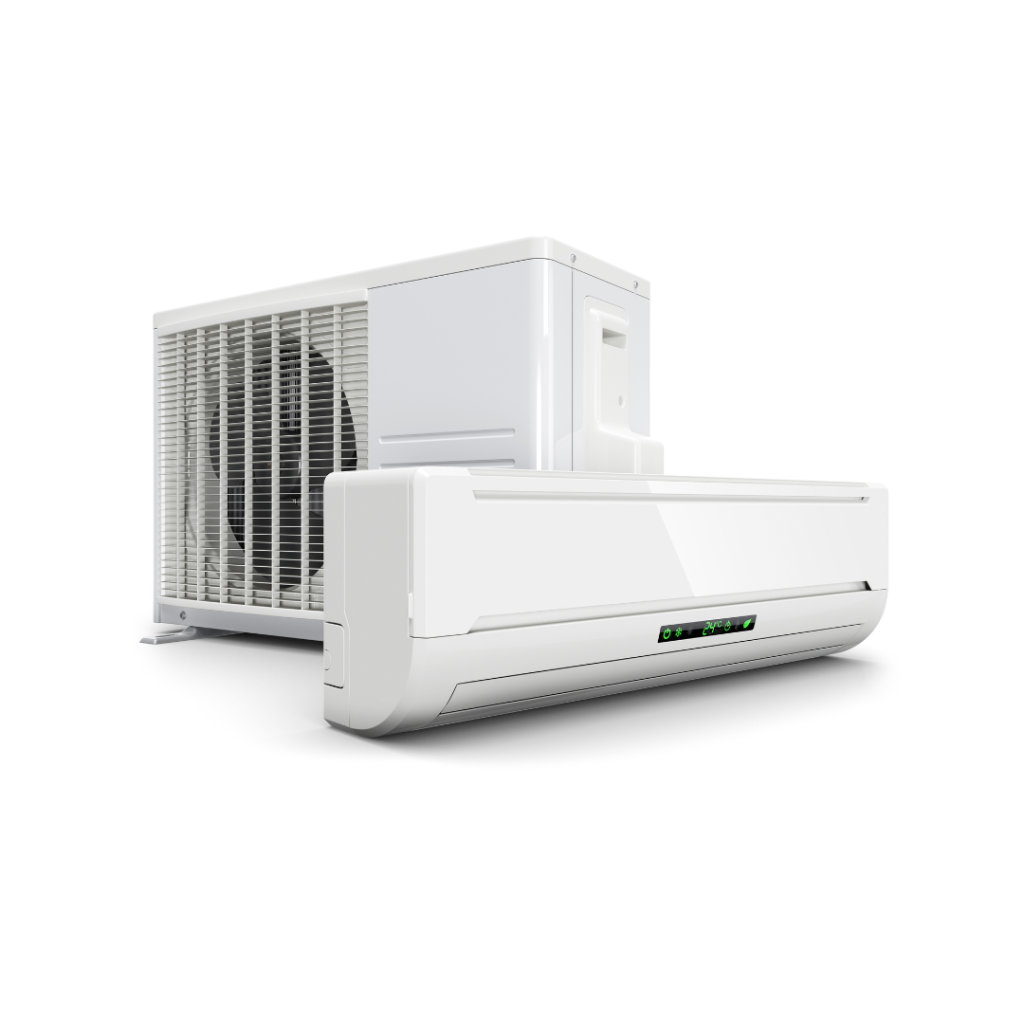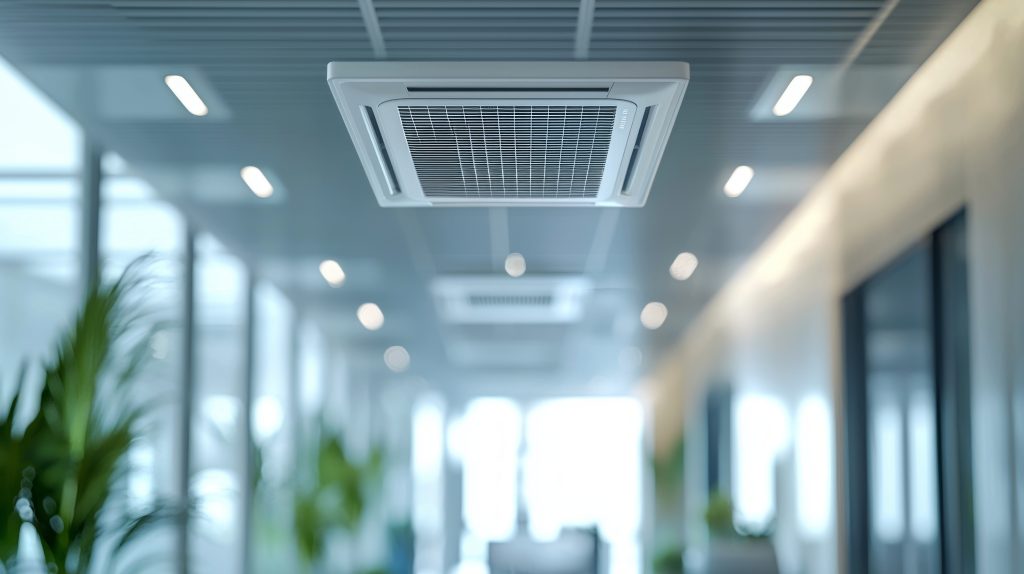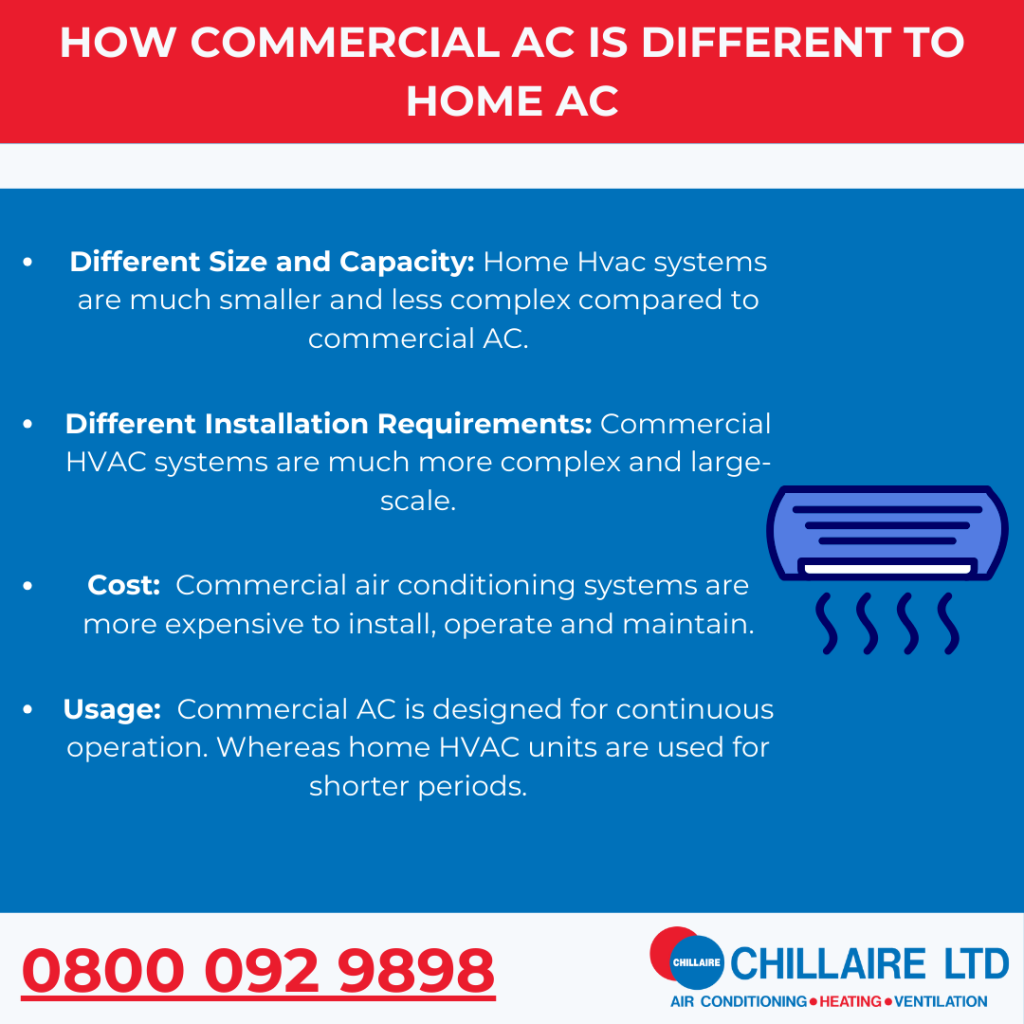
What is the Difference Between Split, Multi-Split and VRF AC Systems?
Air conditioning systems keep evolving and the three names people hear the most are split-systems, multi-split systems and VRF systems. At a glance they all look similar. All three have an outdoor unit and indoor units. All three move refrigerants. The big difference is the way they move refrigerant, how many indoor units they support and how they scale for a home or building. We will break down the difference between split, multi-split and VRF AC Systems.
What Is a Split-Unit Air Conditioner and How Does It Work?
Split AC is one of the most widely used air conditioning systems in retail, offices and commercial spaces. A split-unit air conditioner has one outdoor unit and one indoor unit. The indoor unit is usually a wall-mounted evaporator, and the outdoor unit is the condenser with the compressor inside.
A split system uses one pair of copper refrigerant pipes that run between the indoor and outdoor units. When the room needs cooling or heating, the outdoor unit starts up and sends refrigerant to the indoor coil.
What Are the Benefits of a Split AC System?
A split-unit air conditioner offers several advantages, which is why it remains such a popular cooling solution.
Quiet operation
The split type air conditioner system indoor unit runs much quieter than window installed monobloc / package type air con units or portable air con units because the compressor stays outside in a separate condenser unit which can be mounted depending on the capacity 2 kW to 30 kW from 15 metres to 100 metres from the indoor unit which could be a wall mounted / ceiling cassette, ducted concealed, floor standing or under ceiling mounted. This is the reason it is always referred to as a split type, there is an indoor unit and an outdoor unit which are interconnected with refrigerant pipes and control cables.
Energy efficiency
Since only a small indoor unit is required and the system delivers cooling directly to the room, a split-unit air conditioner often uses less energy than traditional single ducted packaged type systems.
Flexible installation
The indoor and outdoor units can be placed in different locations, which works well for offices, schools, colleges, hotels, shopping centres or similar type buildings where there is limited space for air ducts.
What Is A Multi Split Air Conditioner and How Does It Work?
A multi-split air conditioner builds on a standard split system but offers much more flexibility. Instead of one indoor unit connected to one outdoor unit, a multi-split system lets you connect several indoor units to a single outdoor unit. Most systems start with two indoor units and can go up to five, depending on the model.
Each indoor unit has its own pair of refrigerant pipes running back to the outdoor unit. This setup allows each room to be cooled or heated independently, but not in different modes at the same time. A multi-split system can only cool or heat at one time. However, you can set each indoor unit to different temperatures or fan speeds. You can also turn individual indoor units off if you do not need heating or cooling.
For simultaneous cooling and heating in different rooms, you would need a three-pipe VRV or VRF system. You can also choose different indoor unit styles for different rooms.
What Are The Benefits Of A Multi-Split Air Conditioner?
A multi-split air conditioner offers a range of practical advantages that suit both retail and commercial spaces.
Individual room control
Each indoor unit can be set to a different temperature. This is useful when people prefer different comfort levels in different rooms. Each one allows individual fan speed control or you have some of them on and some off.
Energy savings
Because the inverter compressor can slow down when only one or two rooms are calling for cooling, the system can run with less power and avoid unnecessary energy use.
Flexible installation
You can mix indoor unit types and place them in different rooms even if those rooms are on separate floors. Long pipe lengths give you more layout options.
What Is A VRF (or VRV) Air Conditioning System and How Does It Work?
A VRF air conditioner is a commercial-grade system used in offices, hotels and multi-floor buildings. VRF stands for Variable Refrigerant Flow. The system uses one outdoor unit to heat and cool many indoor units. Each zone can operate independently. One room can cool while another heats at the same time.
How Does a VRF System Works
VRF indoor units have electronic expansion valves. These valves control refrigerant flow with very high accuracy. The outdoor unit adjusts the refrigerant supply to each indoor unit based on demand. VRF systems allow long pipe runs and support many indoor units. This makes them ideal for commercial buildings.
What are The Different Types of VRF Systems
There are two main types of VRF systems: 2-pipe VRF and 3-pipe VRF2-Pipe VRF Systems.
2-Pipe VRF
A 2-pipe VRF system works similarly to a multi-split system. You connect multiple indoor units to one outdoor unit. A 2-pipe VRF system supports many more indoor units than a standard multi system. Indoor units can be wall mounted, ceiling cassettes, ducted units, floor mounted or under-ceiling types.
A 2-pipe VRF has one main refrigerant pipe run. Branch pipes feed each indoor unit. The control cable runs in a daisy-chain from the last indoor unit back to the outdoor unit. In a multi-split system, each indoor unit needs its own pipe run and control cable.
A 2-pipe VRF can cool or heat all rooms, but not both at once. The system switches modes to satisfy overall demand.
3-Pipe VRF Systems
A 3-pipe VRF system works like the 2-pipe version but has one key difference. It uses three refrigerant pipes between each indoor unit and the outdoor unit. This design allows simultaneous cooling and heating across all connected rooms. The 3-pipe system does not need to switch between modes.
When to Choose Each VRF System
A 2-pipe VRF system costs less. It typically offers a 20% to 30% saving. It works well in very large single areas, such as call centres or banquet halls. These spaces usually need only cooling or heating, not both.
A 3-pipe VRF system suits buildings with many separate rooms. It works best in office floors with many rooms or hotels with many bedrooms.
What Are The Main Benefits Of A VRF Air Conditioner?
A VRF air conditioner delivers several high-level advantages that make it suitable for medium to large buildings.
Simultaneous heating and cooling using a 3 pipe VRF system only
One of the biggest strengths of VRF air conditioners is that different rooms can heat and cool at the same time, however this is only possible using the 3 pipe VRF (or VRV) option.
High energy efficiency
VRF (or VRV) air conditioners use advanced inverter compressors. The outdoor unit changes its output depending on how many rooms need cooling or heating. The system avoids energy waste and delivers strong efficiency across the entire building.
Precise temperature control
Because each indoor unit has its own electronic expansion valve, refrigerant flow is extremely accurate. This gives stable temperatures and quick response times.
If you’re weighing up heating options alongside air conditioning, check out our article on the different types of industrial heating systems.
Which AC System Is Right For My Property?
- A split-unit air conditioner works best when you want to cool one room with the lowest cost and the simplest setup.
- A multi-split air conditioner works best when you want several rooms cooled but want to avoid placing several outdoor units outside your property. This is common in city centres or high rise office blocks or hotel type buildings where outside space is limited.
- A VRF air conditioner works best when the building has many rooms, long pipe distances are required, there is limited outdoor space or a mix of heating and cooling happening at the same time. The VRF system using a central controller allows the user to control all indoor units and the entire system from one central controller or pc based software package.
Speak to Chillaire About Your AC System
At Chillaire, we have been installing, servicing and maintaining split systems, multi-split air conditioners and VRF air conditioning systems for more than thirty years. Our engineers work across homes, offices, retail units, schools and large commercial sites. If you are planning an upgrade or comparing system types, our team is ready to help.
Contact us to request a survey and talk through your options and get a clear recommendation. We support customers across the Midlands and surrounding areas, and we are always happy to discuss the best way to cool or heat your space.
If you want support with split systems, multi-split air conditioners or VRF units, get in touch with our team today, and we will guide you through your next steps. To keep your split, multi-split or VRF system running at peak performance, explore our guide on how to clean and maintain HVAC systems.
















